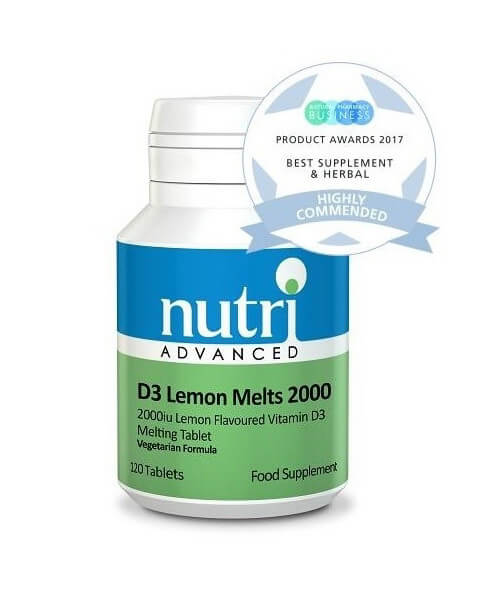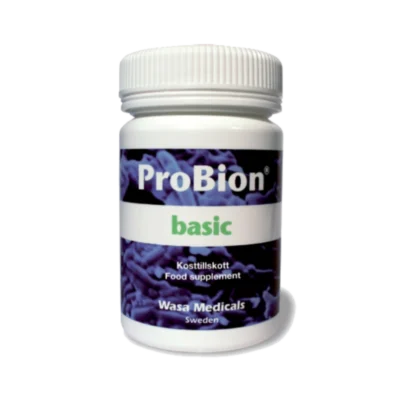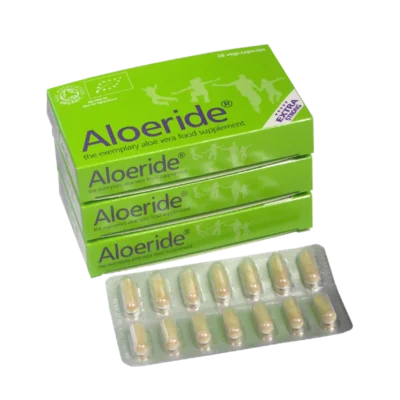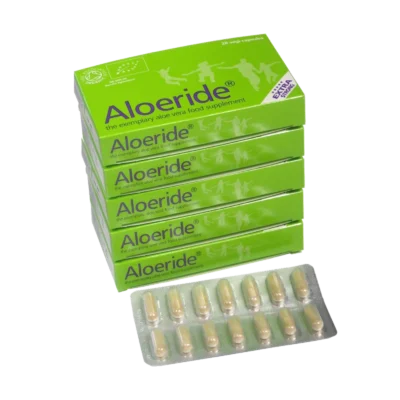Vitamin D3 Lemon Melts 2000 boosts the prehormone that goes missing in modern life
£11.58
This is the simplest way to return your vitamin D level to where it should be. If your working life happens indoors and full body skin exposure to sunlight simply doesn't happen often enough, then lemon-flavoured melting tablets come to the rescue with each containing 2,000 IU of cholecalciferol (vitamin D3). There are 120 melts in the wee jar, a total of 240,000 IUs.
3 in stock (can be backordered)
Description
This is the simplest way to return your vitamin D level to where it should be. If your working life happens indoors and full body skin exposure to sunlight simply doesn’t happen often enough, then lemon-flavoured melting tablets come to the rescue with each containing 2,000 IU of cholecalciferol (vitamin D3). There are 120 melts in the wee jar, a total of 240,000 IUs.
In the body vitamin D contributes to numerous biological functions including normal function of the immune system, it also plays a role in cell division. Not surprisingly then that vitamin D supports breast health, ovarian health, colon health but also blood sugar regulation and of course bone strength. That is why vitamin D is one part of our approach.
In respect of safety it is useful to keep in mind that your body can produce 10,000 to 25,000 IUs of vitamin D after a bit of full body sun exposure when the sun is high in the sky. The more sun rays reach your skin at a slant, the less they trigger vitamin D production. Vitamin D toxicity, where vitamin D can be harmful, usually happens if you take 40,000 IU a day for a couple of months or longer.
Vitamin D is important because contributes to many very important functions within the body:
• The normal function of the immune system
• The maintenance of normal muscle function
• The maintenance of normal teeth and bones
• Supports the process of cell division which is involved in every single cell in the body
• The normal absorption and utilisation of calcium and phosphorus in the body (the mineral balance within the blood, cells and bone)
• The maintenance of normal blood calcium concentrations
| IU/day | Vitamin D Council | Endocrine Society | Food & Nutrition Board (USA) |
| Infants | 1000 (upper limit 2000) | 400-1000 (upper limit 2000) | 400 (upper limit 1000-1500) |
| Children | 1000 (upper limit 2000) per 25lbs of body weight | 600-1000 (upper limit 4000) | 600 (upper limit 2500-3000) |
| Adults | 5000 (upper limit 10000) | 1500-2000 (upper limit 10000) | 600 but 800 for elderly (upper limit 4000) |
- American Association for Cancer Research (AACR). “Oral vitamin D supplements reduced levels of Ki67 in prostate cancer cells.” ScienceDaily, 31 Mar. 2012.
- Cannell JJ, Vieth R, Willett W, Zasloff M, Hathcock J, White JH, Tanumihardjo SA, Larson-Meyer E, Bischoff-Ferrari HA, Lamberg-Allardt CJ, Lappe JM, Norman AW, Zittermann A, Whiting SJ, Grant WB, Hollis BW and Giovannucci E. Cod Liver Oil, Vitamin A Toxicity, Frequent Respiratory, Infections, and the Vitamin D Deficiency Epidemic. Annals of Otology, Rhinology & Laryngology Volume 117, No. 11. 2008.
- Chen TC, Lu Z, and Holick MF. Photobiology of Vitamin D. In Vitamin D: Physiology, Molecular Biology and Clinical Applications by Holick MF. Humana Press, 2010.
- Cusano NE, Thys-Jacobs S and Bilezikian JP. “Hypercalcemia Due to Vitamin D Toxicity.” In Vitamin D, Third Edition, by Feldman D, Pike JW and Adams JS. Elsevier Academic Press, 2011.
- Holick MF, Binkley NC, Bischoff-Ferrari HA, Gordon CM, Hanley DA, Heaney RP, Murad MH, Weaver CM; Endocrine Society. Evaluation, treatment, and prevention of vitamin D deficiency: an Endocrine Society clinical practice guideline. J Clin Endocrinol Metab. 2011 Jul;96(7):1911-30.
- Holick MF. Photobiology of Vitamin D. In Vitamin D, Third Edition, by Feldman D, Pike JW and Adams JS. Elsevier Academic Press, 2011.
- Institute of Medicine, Food and Nutrition Board. Dietary Reference Intakes for Calcium and Vitamin D. Washington, DC: National Academy Press, 2010.
- Plum LA and Deluca HF. The Functional Metabolism and Molecular Biology of Vitamin D Action. In Vitamin D: Physiology, Molecular Biology and Clinical Applications by Holick MF. Humana Press, 2010.
- Reichrath J and Reichrath S. Hope and challenge: the importance of ultraviolet radiation for cutaneous vitamin D synthesis and skin cancer. Scandinavian Journal of Clinical and Laboratory Investigation, 2012.
- Smolders J, Hupperts R, Barkhof F, Grimaldi LM, Holmoy T, Killestein J, Rieckmann P, Schluep M, Vieth R, Hostalek U, Ghazi-Visser L, Beelke M. Efficacy of vitamin D(3) as add-on therapy in patients with relapsing-remitting multiple sclerosis receiving subcutaneous interferon beta-1a: a Phase II, multicenter, double-blind, randomized, placebo-controlled trial. J Neurol Sci. 2011 Dec 15;311(1-2):44-9. Epub 2011 May 28.
- Tang, JY and Epstein Jr, EH. Vitamin D and Skin Cancer. In Vitamin D, Third Edition by Feldman D, Pike JW, and Adams JS. Elsevier Academic Press, 2011.
- Terushkin V., Bender A., Psaty E.L., Engelsen O., Wang S.Q., Halpern A.C. Estimated equivalency of vitamin D production from natural sun exposure versus oral vitamin D supplementation across seasons at two US latitudes. J Am Acad Dermatol. 2010 June; 62 (6): 929.e1-9.
Additional information
| Weight | 0.2 kg |
|---|---|
| Dimensions | 15 × 13.5 × 8.5 cm |
Dosage
The ideal vitamin D [25(OH)D] level in blood is 80-100 ng/ml. The Vitamin D Council recommends for adults to take 5,000 IU/day in order to reach and stay at this level. With 2 lemon melts a day you’re just under, with 3 lemon melts you’re just over and with 5 lemon melts a day adults are at the totally safe upper limit.
CAUTION: If you’re taking certain other medicines: digoxin for an irregular heartbeat (atrial fibrillation) or thiazide diuretics such as hydrochlorothiazide or bendroflumethiazide (commonly used to treat high blood pressure). In this situation, don’t take high doses of vitamin D. You should also have your digoxin level monitored more closely if you’re taking vitamin D. If you have one of these medical conditions: primary hyperparathyroidism, Hodgkin’s or non-Hodgkin’s lymphoma, a granulomatous disease, kidney stones, some types of kidney disease, liver disease or hormonal disease, you should get advice from a specialist. See this Hypersensitivity page for more information. Don’t take vitamin D if you have high blood calcium levels, unless under the care of your physician. You may need more than the usual dose of vitamin D if you’re taking certain medicines which interfere with vitamin D. These include: carbamazepine, phenytoin, primidone, barbiturates and some medicines used for the treatment of HIV infection. If pregnant, breastfeeding, taking medication or have a medical condition, consult a healthcare practitioner before using this product. If taking anti-coagulants, consult a medical practitioner before using this product.
Only logged in customers who have purchased this product may leave a review.






Reviews
There are no reviews yet.